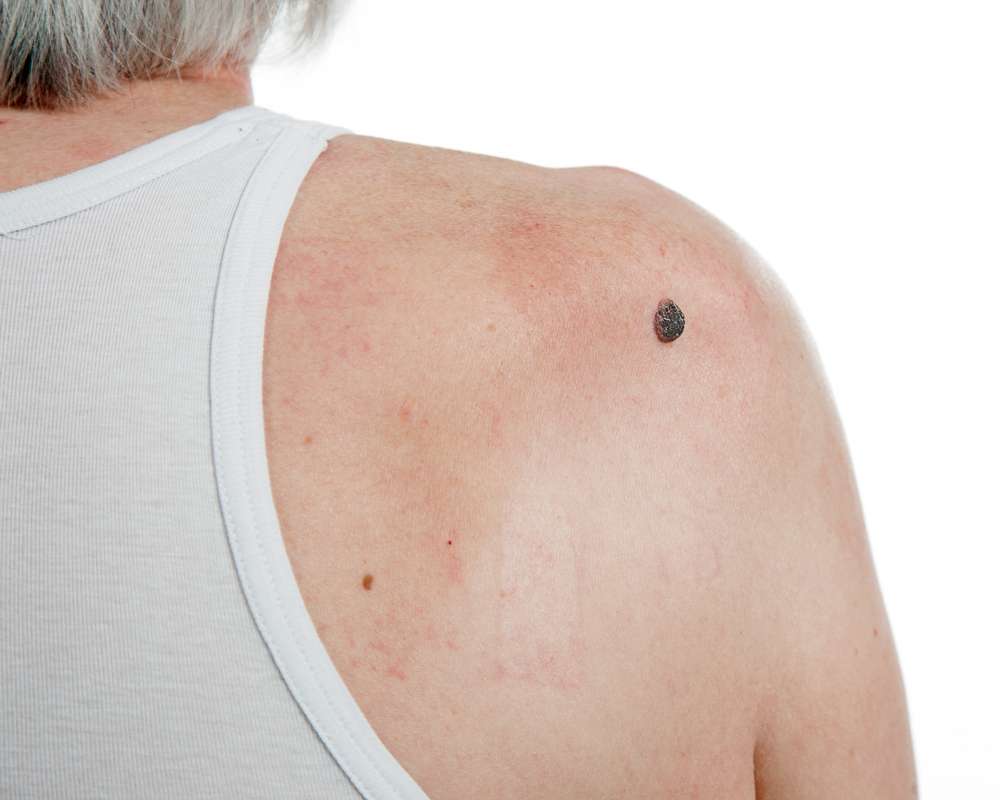Understanding Skin Cancer Signs & Its Impact On A Person's Life
Skin cancer represents one of the most common forms of cancer worldwide, affecting millions of people annually. Recognizing early warning signs and understanding the profound ways this condition can influence daily life becomes crucial for prevention, early detection, and effective management. From subtle changes in existing moles to the development of new skin growths, being aware of potential indicators can make a significant difference in treatment outcomes and overall quality of life.

What Are the Primary Skin Cancer Signs to Watch For?
Skin cancer signs often manifest as changes in the appearance, texture, or behavior of existing moles, freckles, or new growths on the skin. The most widely recognized warning signs follow the ABCDE rule: Asymmetry, where one half of a mole doesn’t match the other; Border irregularities with ragged or blurred edges; Color variations within the same lesion; Diameter larger than a pencil eraser; and Evolving characteristics that change over time.
Beyond these classic indicators, other concerning signs include sores that don’t heal within several weeks, persistent itching or tenderness in a specific area, and unusual bleeding from skin lesions. New growths that appear raised, waxy, or pearl-like in texture may also warrant medical attention, particularly if they develop quickly or in areas frequently exposed to sunlight.
How Does Skin Cancer Look Like in Different Forms?
The appearance of skin cancer varies significantly depending on the specific type and stage of development. Basal cell carcinomas often present as small, shiny bumps or nodules with a translucent quality, sometimes featuring visible blood vessels beneath the surface. These lesions may also appear as flat, flesh-colored or brown scar-like areas, particularly on the chest or back.
Squamous cell carcinomas typically manifest as firm, red nodules or flat lesions with scaly, crusted surfaces. These growths may develop from existing actinic keratoses and often occur in sun-exposed areas like the face, ears, and hands. Melanomas, the most serious form, can develop from existing moles or appear as new, dark spots with irregular shapes, multiple colors, or rapid changes in size and appearance.
What Are the Most Common Skin Cancer Symptoms?
Skin cancer symptoms extend beyond visual changes and may include physical sensations that signal underlying cellular changes. Persistent itching, burning, or tingling sensations in specific skin areas often accompany developing lesions. Some individuals report increased sensitivity or pain in areas where skin cancer is developing, even before visible changes become apparent.
Texture changes represent another significant category of symptoms, including areas of skin that become unusually rough, scaly, or develop a sandpaper-like feel. Bleeding or oozing from existing moles or new growths, particularly when occurring spontaneously without injury, requires immediate medical evaluation. Additionally, changes in the way light reflects off certain skin areas or the development of unusual pigmentation patterns may indicate early-stage skin cancer development.
What Are the Key Skin Cancer Common Indicators?
Common indicators of skin cancer often involve patterns of change rather than isolated symptoms. The “ugly duckling” sign refers to any mole or spot that looks noticeably different from surrounding lesions or doesn’t fit the general pattern of an individual’s existing moles. This concept proves particularly valuable for people with multiple moles, as it helps identify potentially problematic areas.
Location patterns also serve as important indicators, with skin cancers frequently developing in areas of chronic sun exposure such as the face, neck, shoulders, and arms. However, melanomas can occur anywhere on the body, including areas typically protected from sun exposure like the soles of feet, palms, or under fingernails. Family history, previous skin cancer diagnoses, and the presence of numerous atypical moles all contribute to increased risk and should heighten awareness of potential indicators.
What Is the Impact of Skin Cancer on a Person’s Life?
The impact of skin cancer on a person’s life extends far beyond the physical manifestation of the disease itself. Emotionally, a skin cancer diagnosis often triggers significant anxiety, fear, and uncertainty about the future. Many individuals experience heightened awareness of their mortality and may develop persistent worry about cancer recurrence or progression, affecting their overall mental health and daily functioning.
Socially and professionally, skin cancer can influence lifestyle choices and career decisions. Outdoor workers may need to consider job modifications or career changes to limit sun exposure, while recreational activities like gardening, sports, or beach vacations may require significant adaptations. Treatment procedures, including surgical removal of lesions, may result in scarring that affects self-esteem and body image, particularly when occurring in visible areas like the face or arms.
The financial implications can also be substantial, encompassing not only direct medical costs for diagnosis, treatment, and follow-up care but also indirect expenses such as specialized sun-protective clothing, high-quality sunscreens, and regular dermatological monitoring. Additionally, the need for frequent medical appointments and potential treatment-related downtime may impact work productivity and income stability for some individuals.
Understanding skin cancer signs and their potential life impact empowers individuals to take proactive steps in prevention and early detection. Regular self-examinations, professional skin screenings, and maintaining awareness of changes in existing or new skin lesions form the foundation of effective skin cancer management. While the diagnosis can significantly influence various aspects of daily life, early detection and appropriate medical care often lead to successful treatment outcomes and the ability to maintain a fulfilling, active lifestyle with proper precautions.
This article is for informational purposes only and should not be considered medical advice. Please consult a qualified healthcare professional for personalized guidance and treatment.




